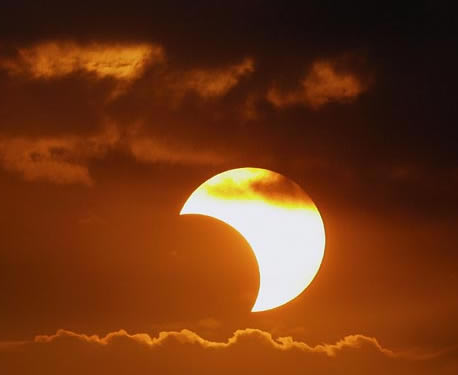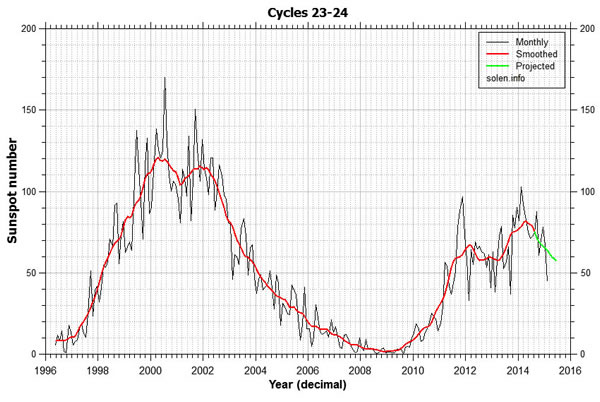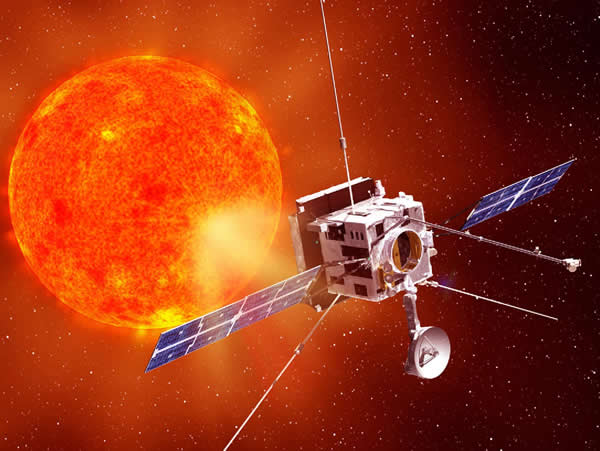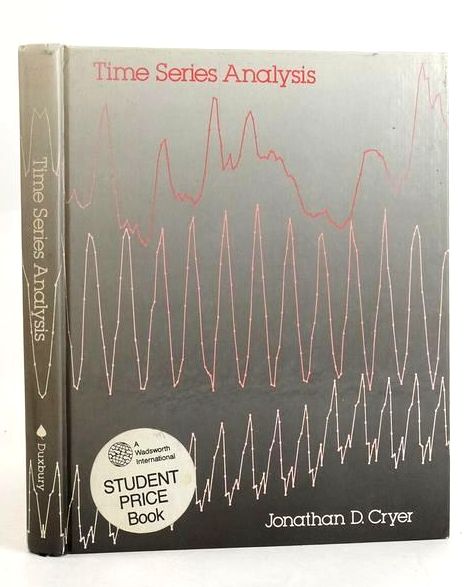Here Comes The Sun
 Meteorology & Climate books in stock
Meteorology & Climate books in stock
No, don't panic!
This is not an advance warning of global catastrophe as the planet is consumed by a rampaging sun. Nor, and possibly this may be an even greater relief, does it have anything to do with 1970s television. Note for our younger readers: in the Seventies we'd sit glued to the TV set, possibly by the static electricity from all that damn nylon, as the Holiday programme, hosted by Cliff Michelmore, scorched across our screens to the refrain Here Comes The Sun... Ah, yes, those indeed were the days.
At this time of the year thoughts turn towards our nearest star, or more specifically towards its effects on the weather in our particular corner of the world. After the chill, grey days of winter I think that most people, even the snow-lovers and 'coldies', derive some pleasure from the increasing warmth of the sun's rays on our faces as we go about our business.
As a result of the Earth's tilt on its axis – again, don't panic, it's 'normal' – we are now enjoying more warmth from the sun in the northern hemisphere, and the hours of daylight are growing longer. Friday March 20th sees the vernal equinox, the point at which the length of day and night is approximately the same. After this, it's all downhill to summer – whatever it brings us in the UK!
This year (2015), the sun will be receiving more interest than usual as a solar eclipse coincides with the equinox (Friday, March 20th ). Although totality will not be visible from the British Isles, this will still be the most significant solar eclipse in Britain for 15 years, even if cloud levels are likely to spoil the view. The drama of solar eclipses is the result of an amazing coincidence: the diameter of the sun is 400 times greater than the moon, but the sun lies 400 times further away. Consequently, when the alignment is just right, the two discs overlap almost exactly and produce a total eclipse.
It is not only the passage of the moon across the face of the sun that can produce amazing spectacles. Dedicated solar watchers have captured remarkable images of the International Space Station and the Space Shuttle as they pass in front of the sun. In recent years an even rarer spectacle could be seen as the planet Venus made transits across the face of the sun. Transits of Venus are among the rarest predictable astronomical phenomena - a pair of transits 8 years apart are separated by longer gaps of 121.5 years and 105.5 years, in a pattern that repeats roughly every 243 years. The last transit was June 5-6th, 2012, and I took the following set of images from my back garden on the previous transit (June 8th, 2004).

In 2015 the sun is just emerging from 'solar maximum', the period in its roughly 11-year cycle when the number of sunspots is highest. However, this solar maximum is the weakest for about 100 years and follows an unusually deep solar minimum at the end of the last cycle (Solar Cycle 23, 2009-2010). Scientists believe that the sun may be about to enter a 'quiet period' with few, if any, sunspots over the next couple of decades, but alarmist Press reports that speak of another Maunder Minimum and Little Ice Age are overblown – so, yes, dont panic!

Our knowledge of the workings of the sun is likely to be boosted by two forthcoming missions to place craft closer to the sun than ever before. The craft will aim to provide data that will answer questions about the heliosphere and the way that magnetic fields in the sun twist and distort to produce solar flares. An impression of the Solar Orbiter craft is shown below left.


There have been some impressive displays of the aurora borealis or Northern Lights this winter, where particles of the solar wind, mainly electrons and protons, enter the atmosphere from above and cause ionisation and optical emissions. Truls Tiller witnessed an especially impressive display (above right) on March 28th 2015 while camping outside the village of Skibotn, Norway (reported on www.SpaceWeather.com). Although solar maximum has now passed it doesn't mean that the sun is becoming totally quiet. In the last couple of weeks a monster X-class flare caused blackouts of high frequency radio communications across wide areas. Solar flares may be accompanied by Coronal Mass Ejections (CMEs) which fling enormous streams of superheated plasma into space. It typically takes CMEs several days to reach earth, if we are in the firing line, but they have the potential to cause significant geomagnetic storms that disrupt satellites and Earth-based power grids.
So next time you relax with a long,cool drink on a warm sunny day, be thankful that the Earth's atmosphere is protecting you from the full force of the sun's fury being hurled towards us!
Contributed by Tim
(Published on 30th Mar 2015 )













